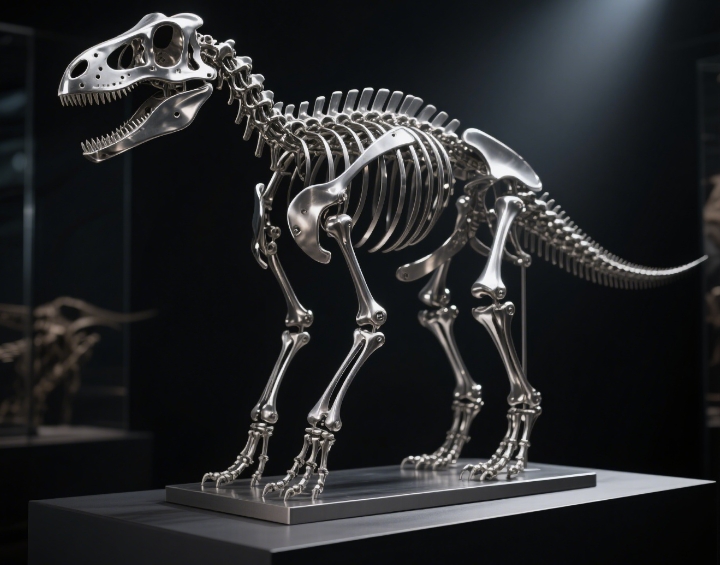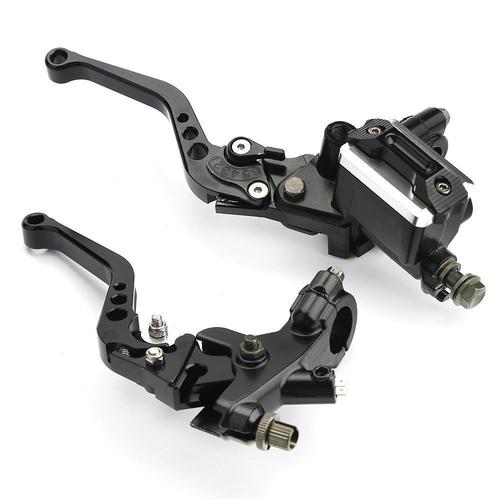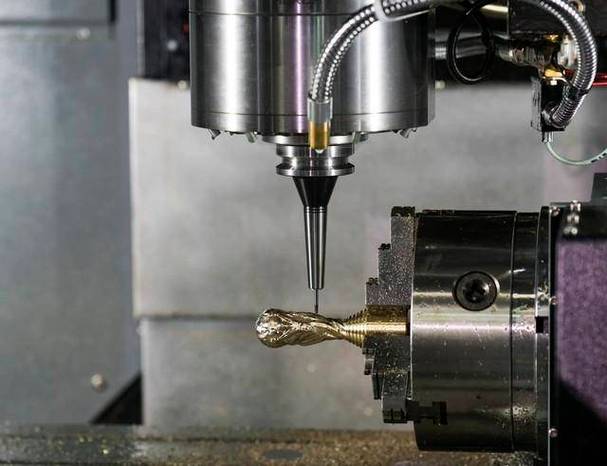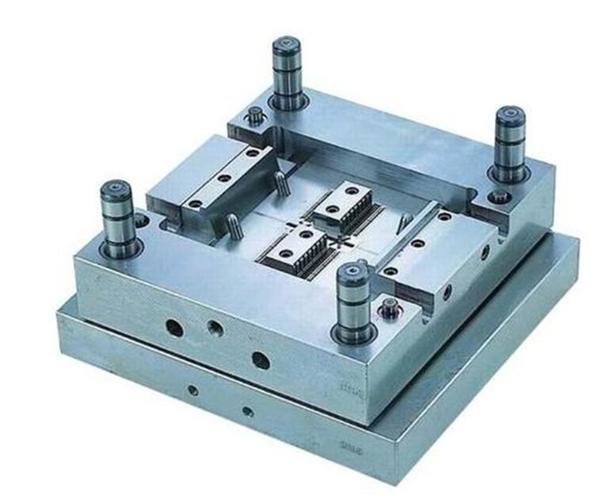CNC parts machining service refers to a manufacturing process where computer-numerical control (CNC) machines precisely cut, shape, and finish raw materials (such as metals, plastics, or composites) into custom parts. Using pre-programmed software, CNC machines—like mills, lathes, or routers—execute automated operations with high accuracy, minimizing human error. This service is ideal for producing prototypes, low-volume batches, or high-precision components for industries like aerospace, automotive, and medical. It enables complex geometries, tight tolerances (often within ±0.01mm), and consistent quality. Unlike manual machining, CNC services offer repeatability, efficiency, and the ability to handle intricate designs. Common processes include milling, turning, drilling, and grinding, tailored to meet specific part requirements from design blueprints or 3D models.

Technology Behind CNC Parts Machining
- CNC Control System: Utilizes G-code or M-code programming to dictate tool paths, spindle speeds, and feed rates.
- CAD/CAM Software: Converts 3D models (from CAD) into machine-executable instructions (CAM), ensuring design accuracy.
- Servo Motors and Feedback Systems: Maintain precision by adjusting tool movements in real-time based on positional feedback.
Key Processes and Techniques
- Subtractive Manufacturing: Removes material from a block (stock) via rotating tools (milling) or linear movements (turning).
- Five-Axis Machining: Enables complex cuts from multiple angles, ideal for aerospace components or medical implants.
- High-Speed Machining (HSM): Uses rapid tool speeds to reduce cycle times while maintaining surface finish quality.
Professional Terminology
- Tolerance: The allowable deviation from a design dimension (e.g., ±0.05mm).
- Surface Finish: Measured in Ra (roughness average), affecting functionality (e.g., corrosion resistance or friction).
- Tool Path: The programmed route of the cutting tool, optimized for efficiency and material removal.
- Fixture: A device that holds the workpiece securely during machining to prevent vibration or misalignment.
Machining Applications
- Prototyping: Quickly validates design concepts before mass production.
- Low-Volume Production: Suits industries needing custom parts without setup costs of injection molding.
- High-Precision Parts: critical for components like engine valves, medical instruments, or robotics.
Part Types and Materials
- Materials:
- Metals: Aluminum, stainless steel, titanium, brass.
- Plastics: ABS, polycarbonate, PEEK.
- Part Examples:
- Mechanical components: Gears, shafts, brackets.
- Electronic enclosures: Custom casings with precise cutouts.
- Medical implants: Bone plates or surgical tools with biocompatible finishes.
This service bridges design and production, combining technological precision with manufacturing versatility to deliver reliable, custom-engineered parts.





